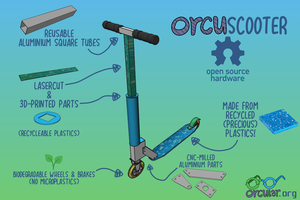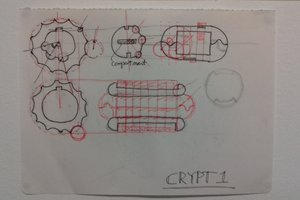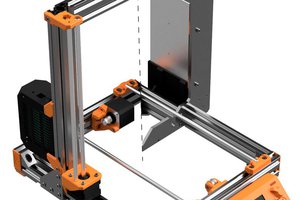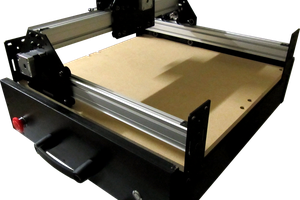(MES Software Design Specification)
This describes the functions of a MES for an adaptive manufacturing plant. This plants assembly stations may reconfigure or be able to make outputs in more than a single form. For example, the process areas of this plant are 3D printers, CNC mills, plasma cutters, metal benders and a variety of other "adaptive" assembly machines.
A MES:
- Receives orders of products and defines the process to make them.
- So this means it takes a product file (described below) and defines the flow of parts for that product between machines retroactively, giving human operators or machines instructions along the way.
- Executes processes to make parts in a manner to most efficiently use the plants machines and energy to make the maximum number of parts in a given time.
- Inspects the quality of parts
- reclaims or recycles failures.
So next I think this will sort of get the mental juices flowing for anyone reading this.
Products, Parts and Assembly instructions
Make this into an XML file??
- A product consists of parts and is realized though assembly instructions.
- A product is a part
- A tool is considered a part
- A tool is not integrated into end products.
- A tool has characteristics
- a tool characteristic is usable life and how much it has used of that
- A tool is not integrated into end products.
- A part can consist of other parts
- A part can have Assembly instructions.
- Assembly instructions define how parts combine to make other parts or products, and what type of assembler will act on the inputted parts.
- Assembly instructions can have several formats - Gcode for machines and also maybe a PDF for a person to follow.
- Assembly instructions may specify the state of a machine, that would be specific to the machine and process controller. for example, an instruction for a 3d printer might specify what nozzle size it is supposed to use.
- Assembly instructions can be batch or continuous, which is more applicable to chemical products.
- Assembly instructions define how parts combine to make other parts or products, and what type of assembler will act on the inputted parts.
- A part has characteristics
- A characteristic of a part is a picture depicting it in every relevant view.
- A characteristic of a part part is physical features.
- Physical features have tolerances
- Physical features can have inspection instructions
- Inspection instructions list what machine does the inspection, and how to do it. maybe those instructions are both digital and human readable.
- Inspection instructions output Metrology information that is consumed by the MES. Pass or fail decisions can be made on a part based on this.

 Oskar
Oskar
 JLAM
JLAM
 gregsaun
gregsaun
 Alex
Alex